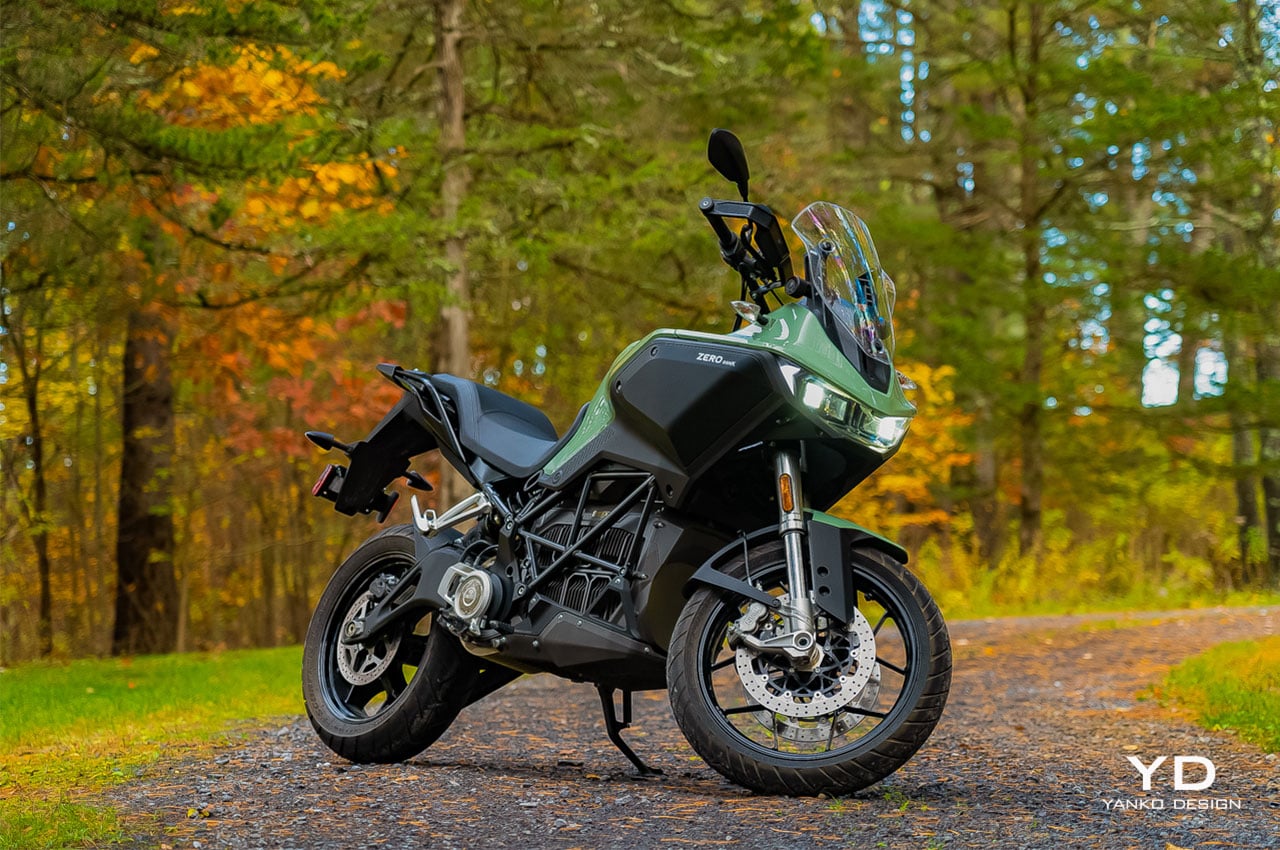
PROS:
- Capable in all conditions
- Comfortable and easy to ride
- Practical layout
CONS:
- Lacking range
- Expensive
- Confusing interface
It’s been an up-and-down year for riding where I live on the East Coast of the United States. We’ve had good weather and bad, repeated wind storms and record-breaking amounts of rain. That’s the kind of unpredictability that keeps many motorcycles sitting inside the garage, sipping slowly from trickle chargers.
It’s also the kind of conditions that are absolutely perfect for the Zero DSR-X. I’ve now spent a full year living with this dual-sport electric motorcycle, covering miles through all seasons to find out just what this bike is all about. After the first few months, I called this bike a masterpiece, and now, at the end of this extended loan, I feel much the same way — but with some important caveats.

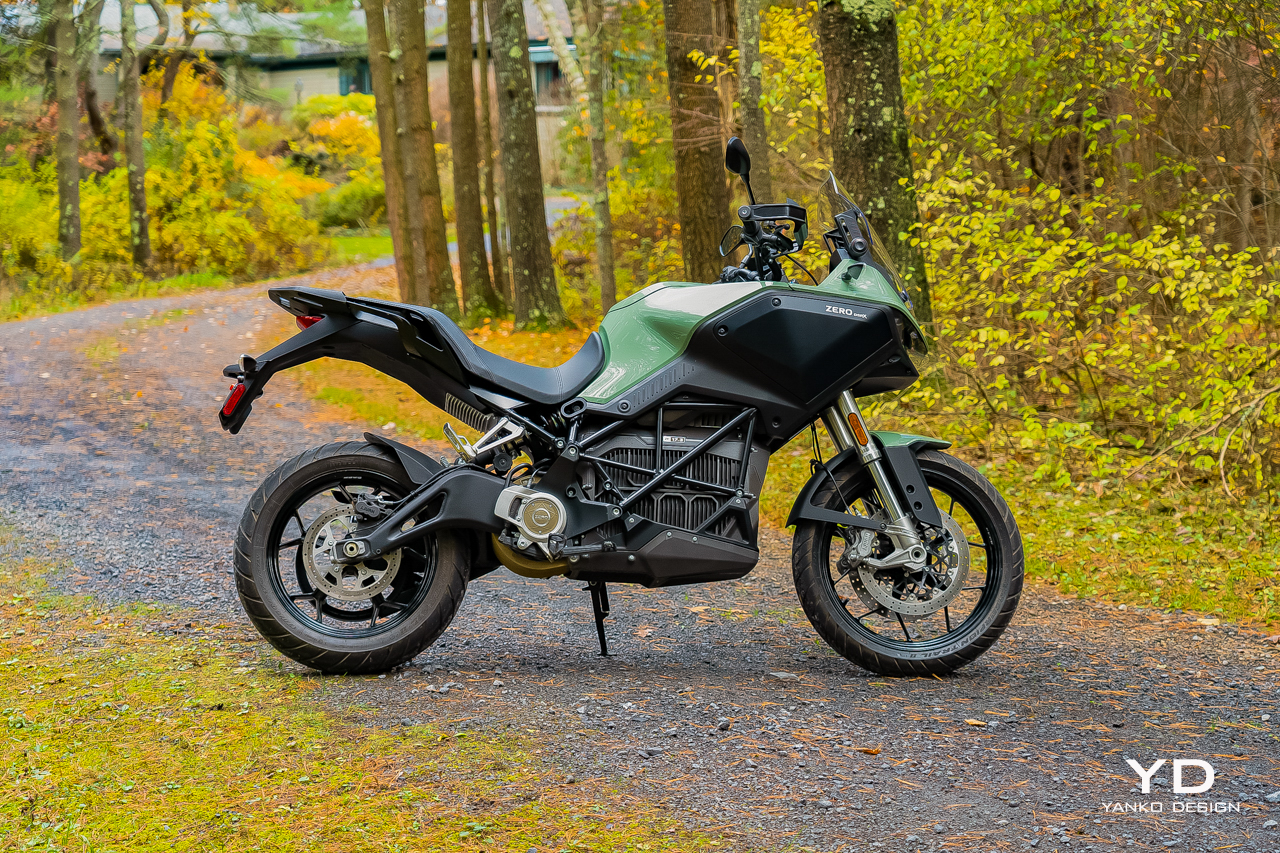
Design
It’s admittedly only been a year, but I find the look of the DSR-X just as appealing as I did 12 months ago. Maybe even more so. Its upright, organic shape is still a welcome sight to me as I approach it in a parking lot. Far from the razor-thin shapes most commonly seen on sportbikes, the somewhat bulbous fairing of the Zero gives it a more friendly appearance.
I still love the green, too, a somewhat muted hue that feels like a nod to the nature that this bike craves getting out and into.
Beyond the visual appeal, there’s a lot of practicality here, too. The generous front windscreen lacks power but is so easy to adjust with its pair of chunky knobs that you won’t mind the absence. At its maximum extent, the windscreen was a bit too short for me, causing buffetting on the top of my helmet, but I sit rather tall, so this won’t be an issue for most folks.
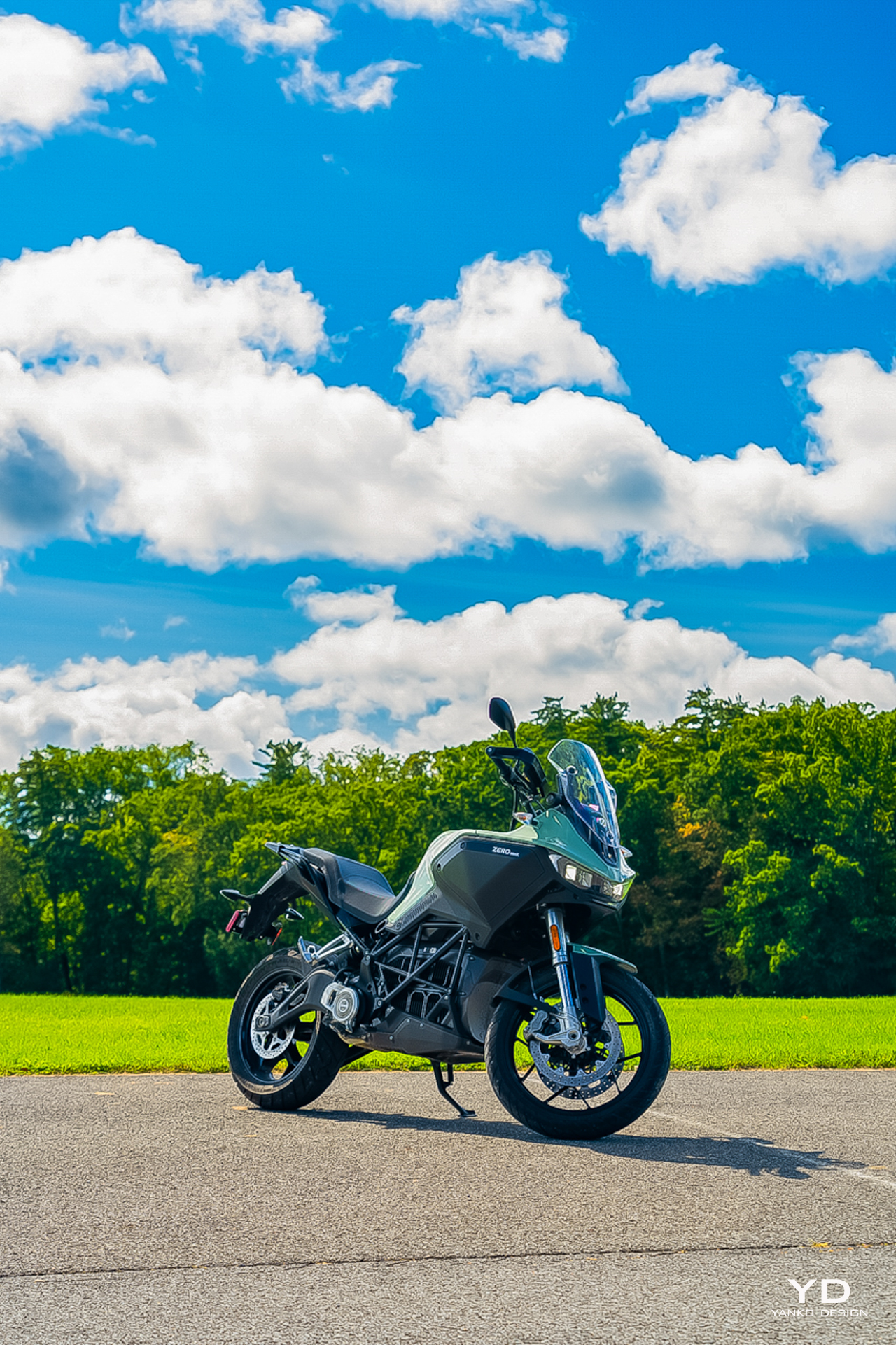
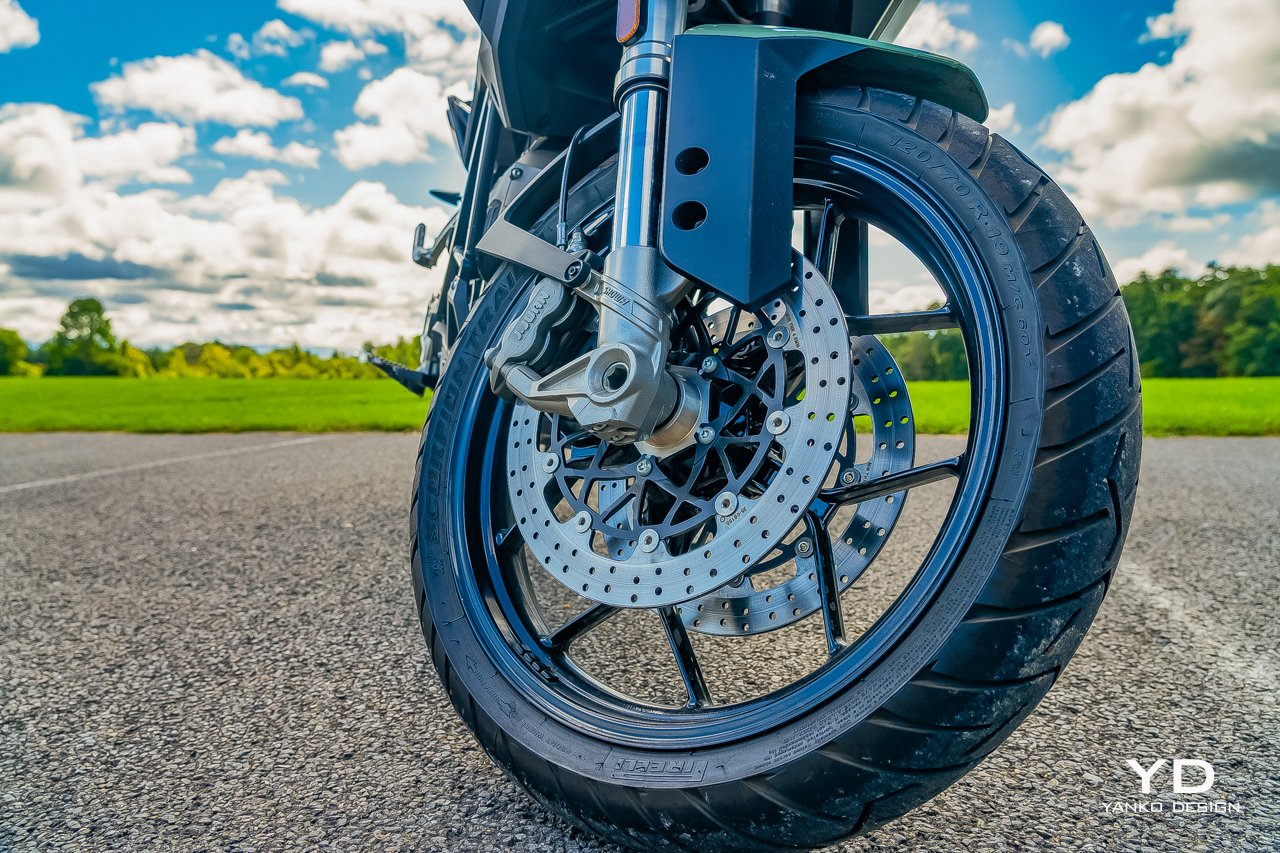
The saddle, at 32.6 inches in height, felt a bit tall at first, but I quickly got comfortable. It’s far wider and softer than most bikes with dual sport aspirations, making it a treat for longer days in the saddle. And, when you need to stretch those legs or get some extra airflow between them, wide and grippy pegs make it easy to stand up, even in the rain and the mud.
The high positioning of the grips, too, makes it easy to operate the bike while standing. It helps for keeping good posture while seated, too. My only complaint with the controls is the rocker switch on the left. It’s used for controlling so many functions — toggling drive modes, heated grips, resetting the trip meter, etc. — that it’s easy to forget what to tap or press and when. A four-way rocker would have been less confusing and more intuitive.

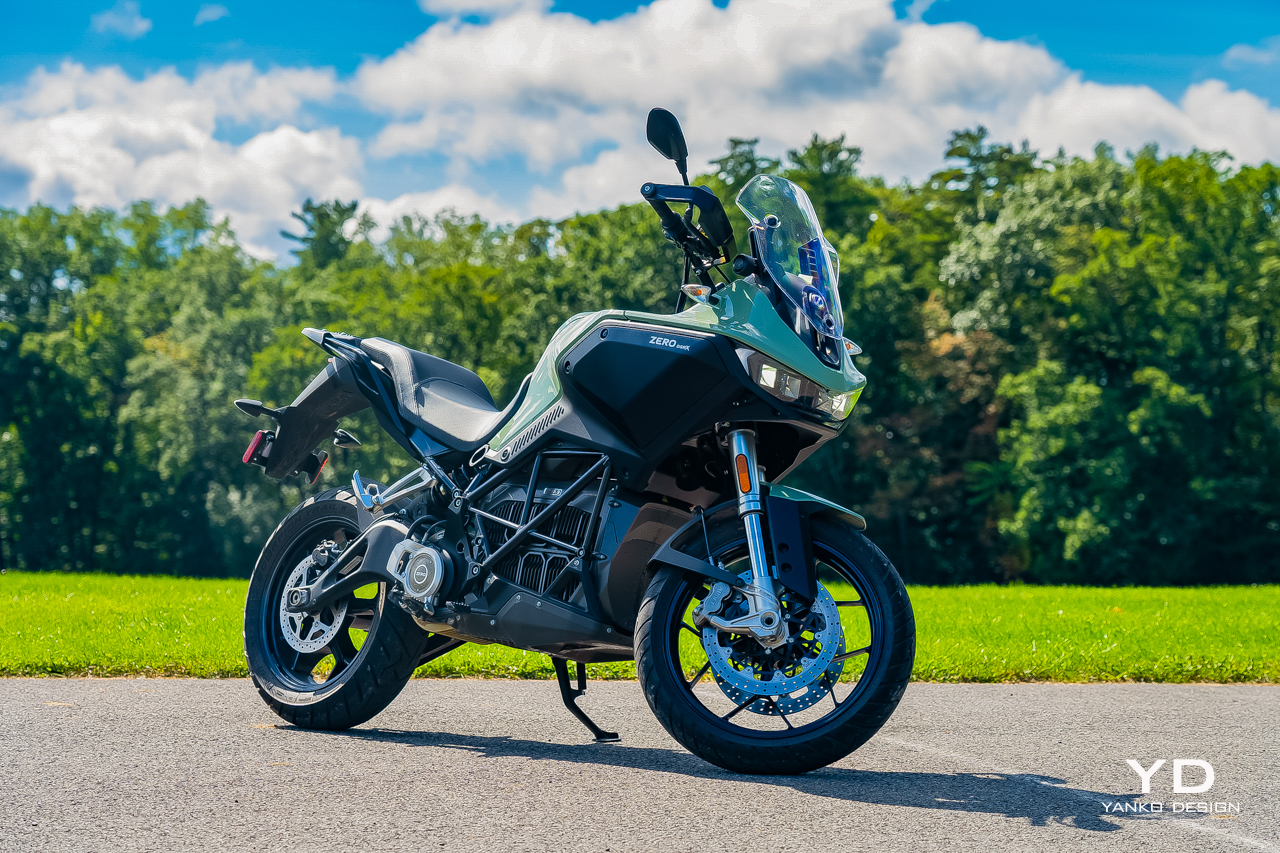
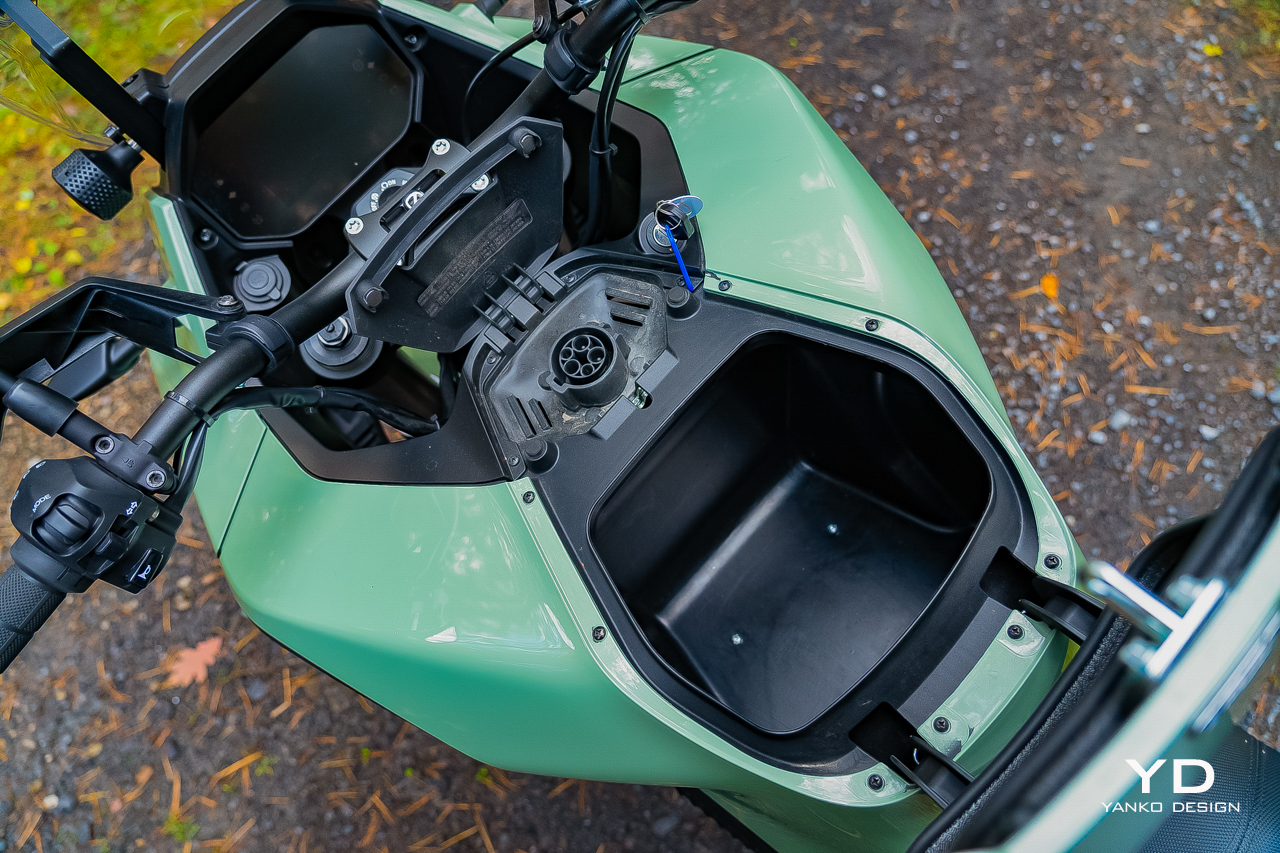
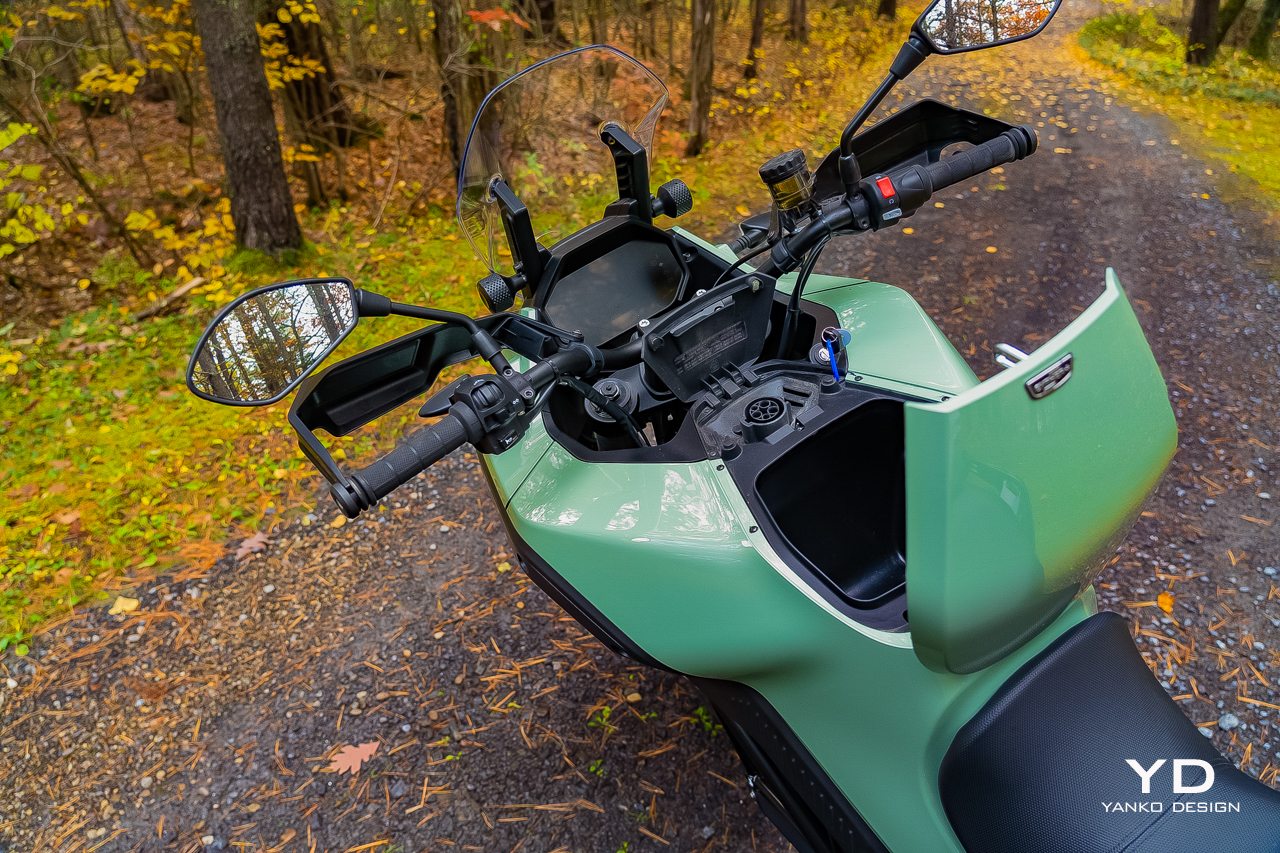

My favorite part of the design can’t even be seen. It’s the cavernous storage compartment built into the tank. Though sadly not quite big enough for a helmet (at least, not one my size), it easily swallows all sorts of things. In my time with it, I’ve used it to carry food and drinks for meals on the go, a gallon of almond milk home from the shops, even a flower bouquet.
It also makes for a great place to keep your rain gear when not needed or to toss your gloves when the bike is parked up waiting for you. I only wish the cubby featured the kind of central locking you find on the Honda Goldwing or other high-end touring bikes. It must be unlocked with the ignition key, which often left me shutting the bike down, using the key to open the storage compartment, and then powering the bike back up again.
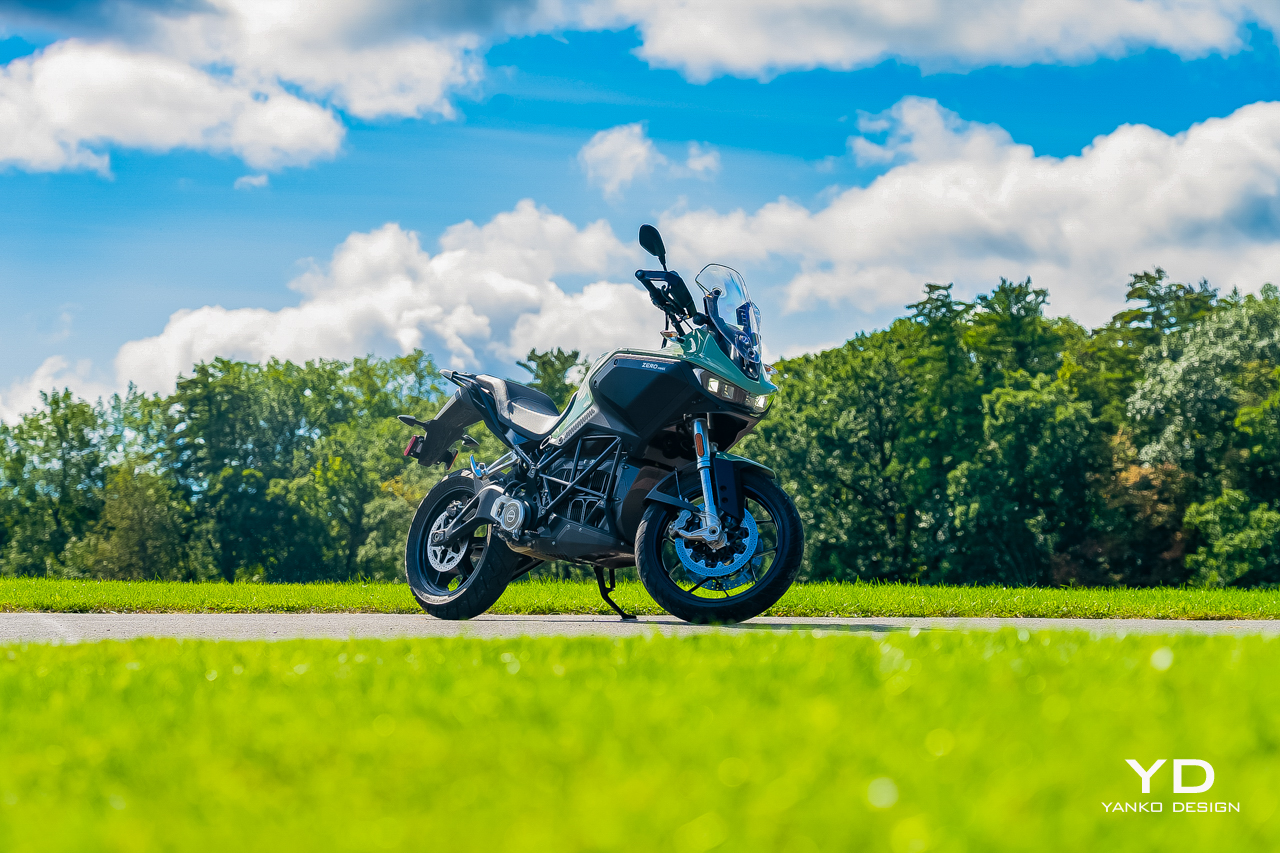
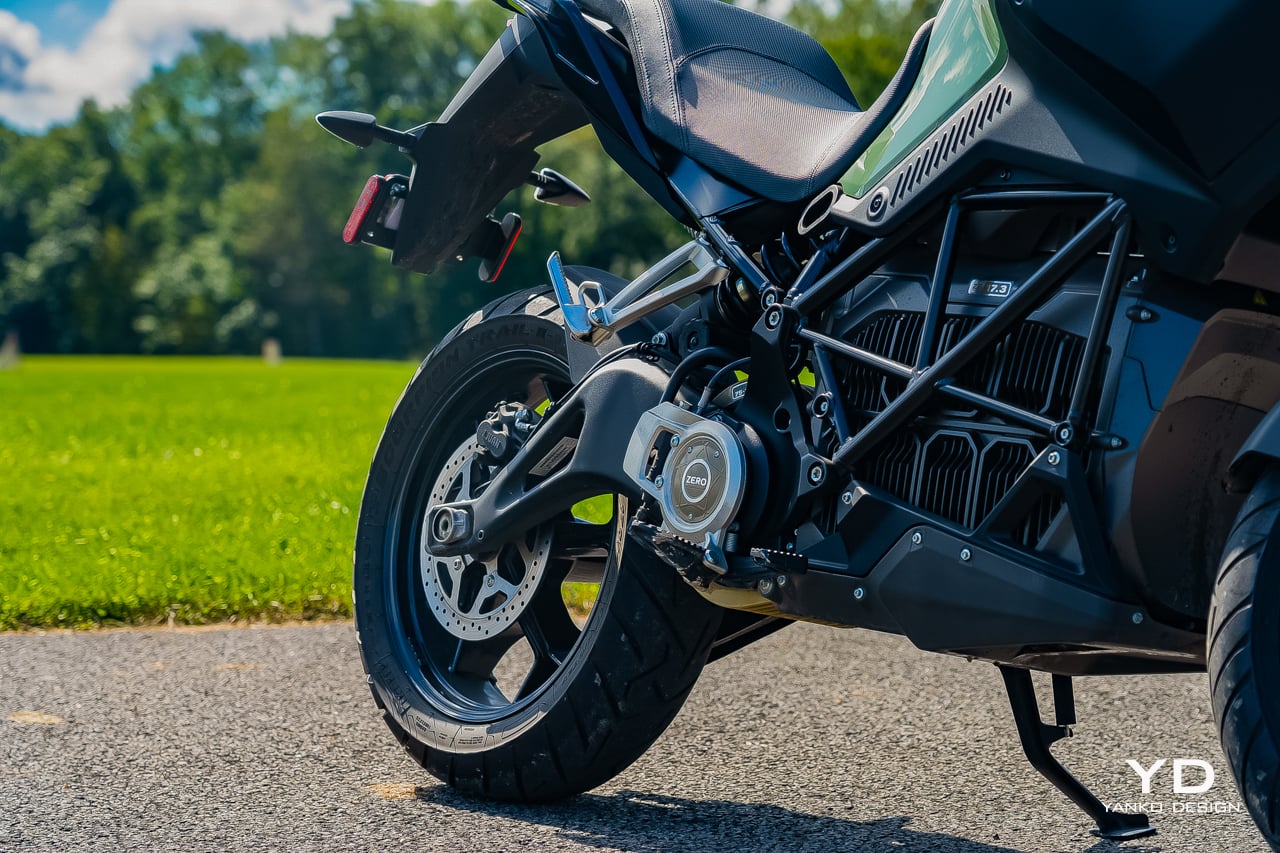
On the road
While I only spent a little bit of time trail-hopping this Zero, it proved itself to be an compliant and capable ride on loose gravel and dirt. That’s despite a set of tires that offer little in the way of tread for that kind of terrain.
It’s also despite a prodigious weight but the refinement of the controls in the DSR-X are what make it so sweet to cruise up a trail. Without a clutch to slip or a gearbox to manage, you simply worry about throttle and brake. More importantly, you’re free to enjoy the ride a bit more.
I confess I’m not much of a trail rider, so I didn’t get into too much trouble on the Zero, but it always felt willing and able to go adventuring.
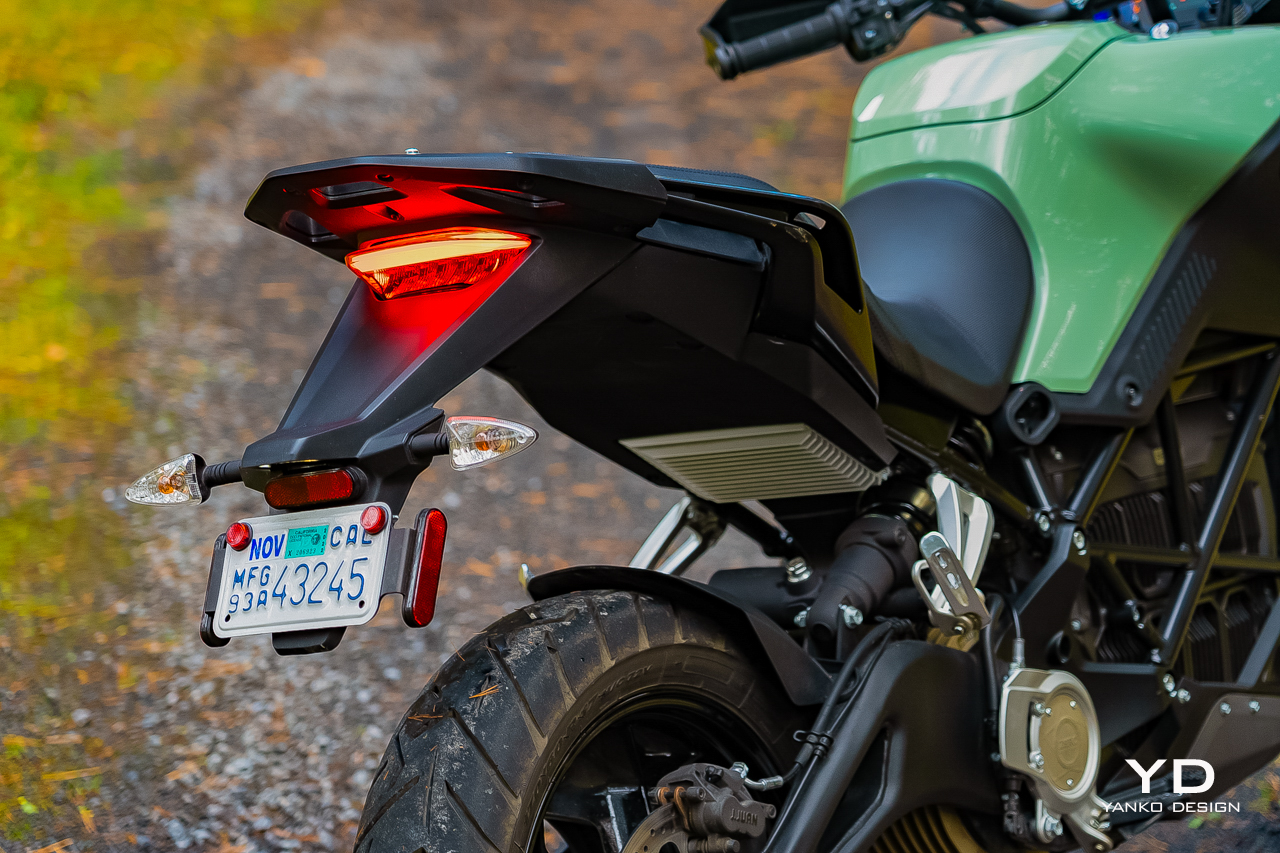
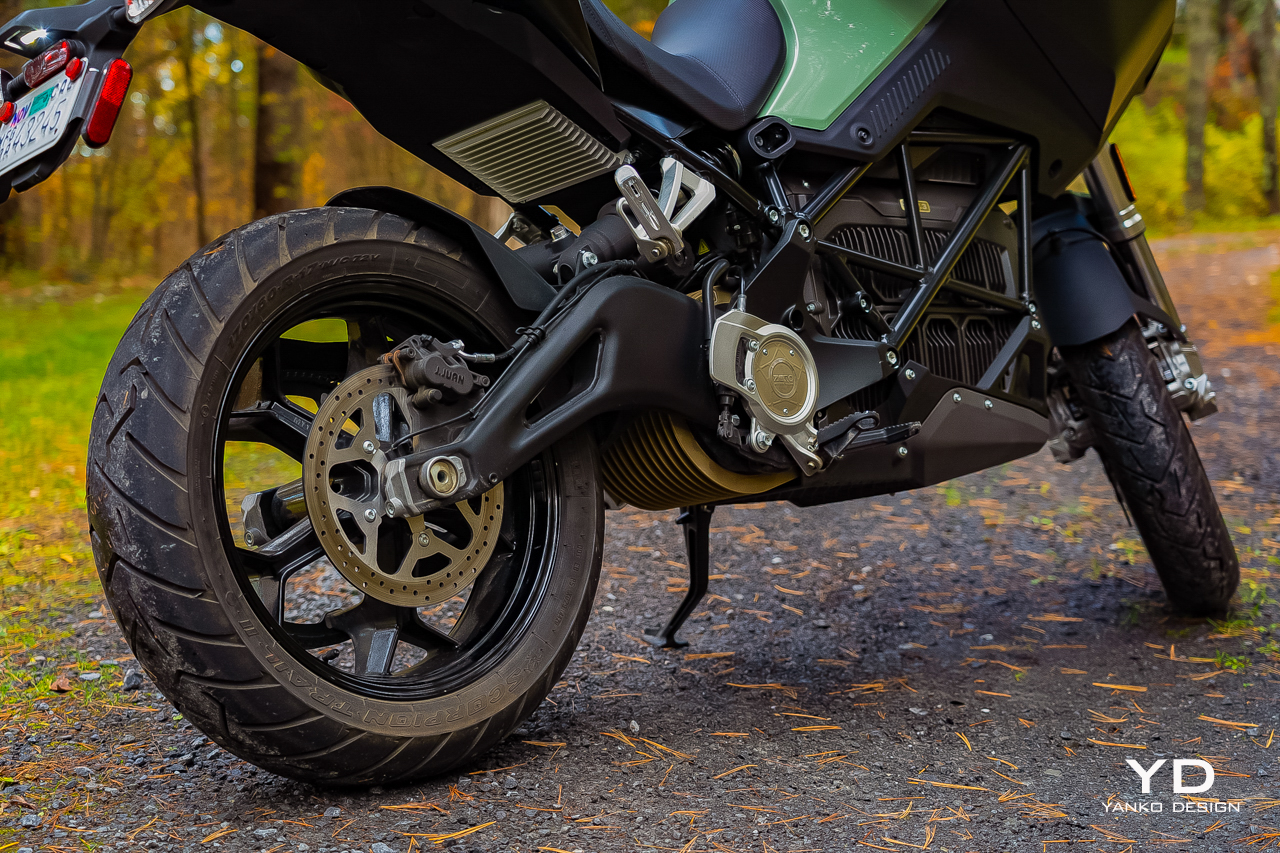
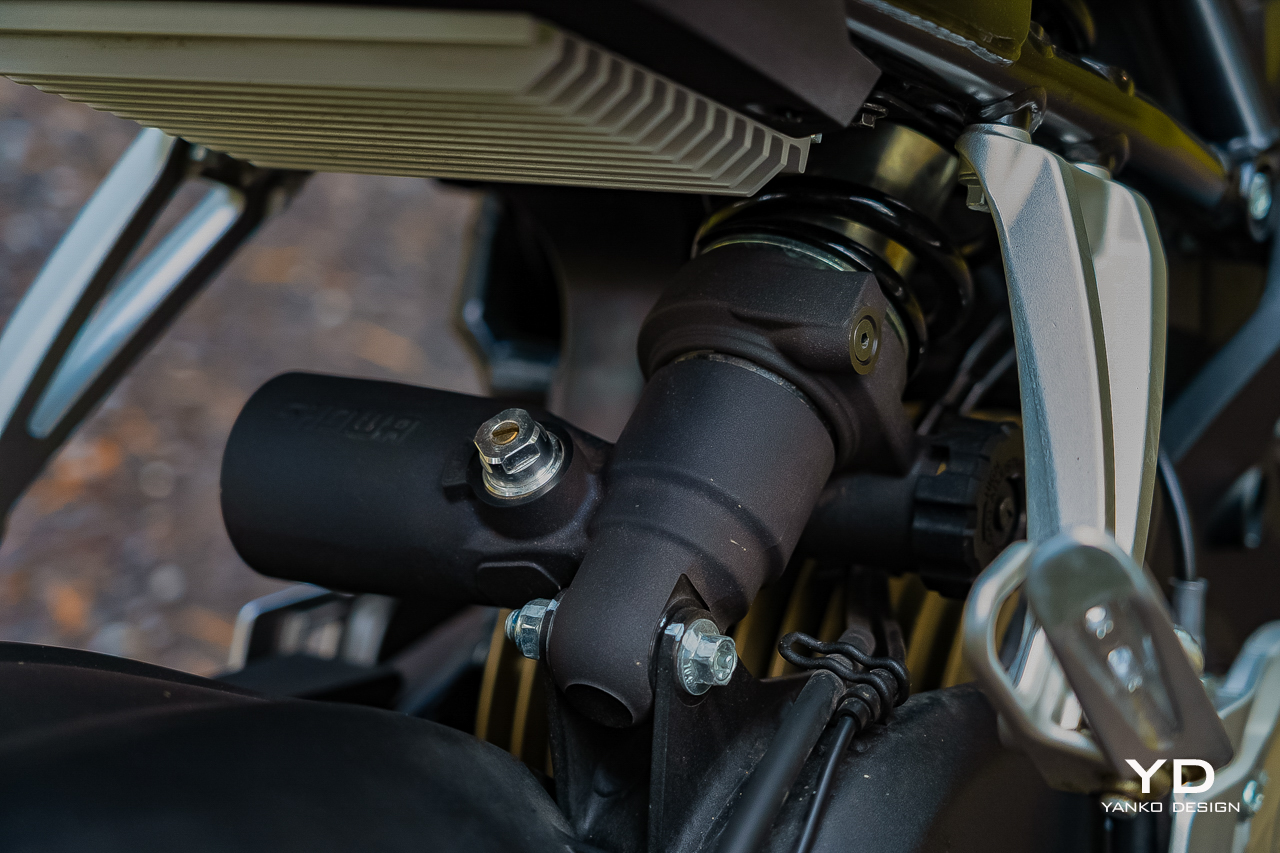
That continued as the temperatures dropped. The standard heated grips are a delight on chilly mornings, helped by the brush guards that keep most of the wind from your knuckles. Meanwhile, that windscreen and fairing do a great job of keeping the worst of the weather from the rest of you, such that riding through the rain isn’t as soaking an event as it might be on other bikes.
Even so, much of my riding was in the dry on asphalt in various states of disrepair, ideal conditions for this bike. I found the traction control system subtle enough not to be a restriction, yet it smoothly and reassuringly cut power when needed to mitigate unwanted wheelspin on the road.
Likewise, I only experienced the ABS a few times, but it too smoothly kept the wheels turning and kept me upright during a few panic stops over the year, avoiding wildlife and wild drivers.



Bumpy roads did little to unsettle the DSR-X. At least, they didn’t once I got the suspension dialed in properly. The bike came to me with too much compression damping at the rear, which left everything feeling a bit too nervous over every little bump. But, after a quick consultation with the online manual, I had the rear shock dialed in for my weight. Everything was smooth from there.
Smooth is when I had the most fun on the DSR-X. Yes, it’s excellent in rough conditions, but Zero’s biggest bike is still a great corner carver on a freshly paved, twisty piece of asphalt. In these conditions, the Canyon riding mode is easily my favorite. That mode not only gives you the maximum throttle response with your wrist, but the maximum regen too. This means that you rarely need to reach for the brake lever. You can just roll the throttle on and off and swing through the twists and turns.
There are five separate on-road modes and five more off-road modes, plus a custom mode, all editable through Zero’s app. There’s an absolute wealth of configurability here, plus data management, making this among the most intelligent, most connected bikes out there. Data fiends will love the ability to download details from every ride. Perfectionists, meanwhile, will love being able to create a custom layout on the five-inch LCD gauge cluster.

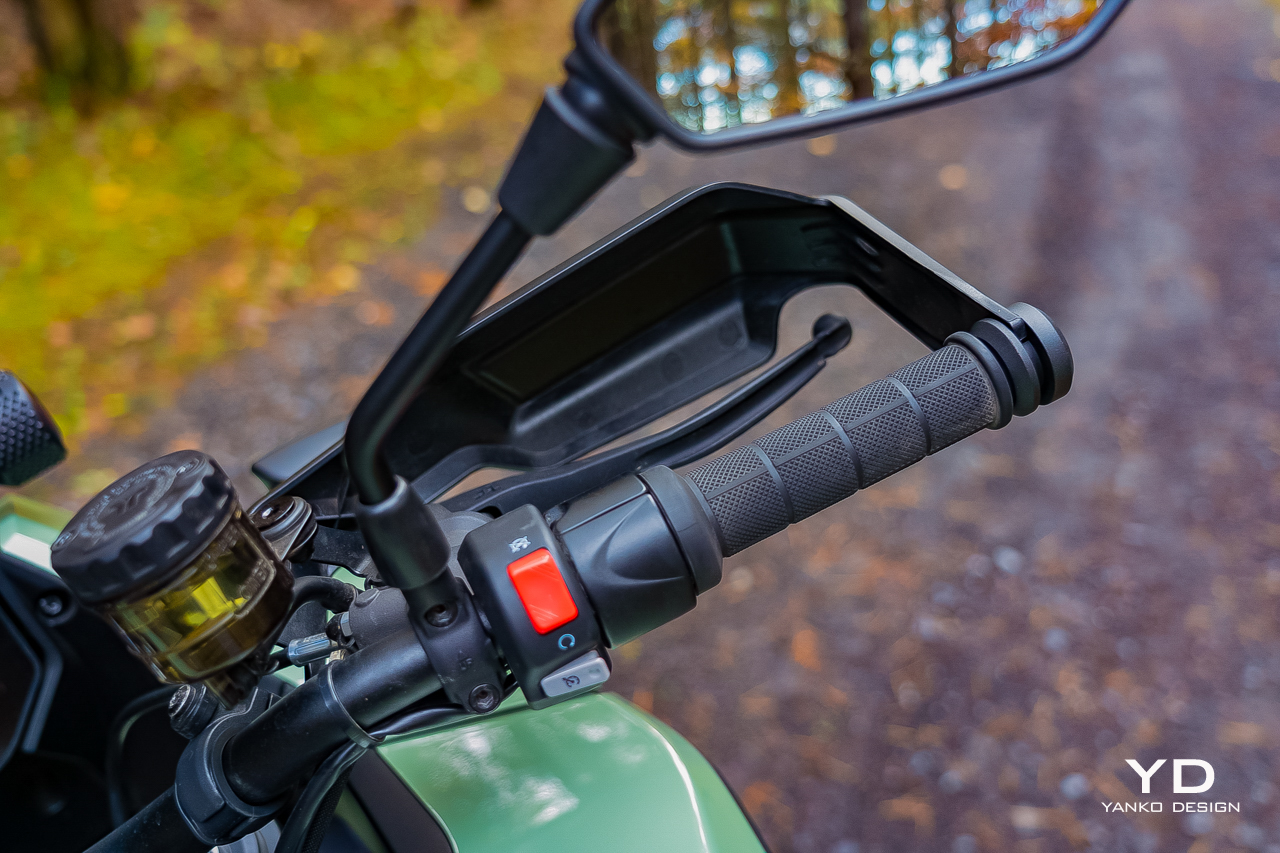
Range and charging
If there’s one fly in this ointment, it’s the range. Though the DSR-X is rated for a maximum of 180 miles in the city, you’d have to rely on the most economical riding modes and keep your speed very low to manage it. I tried and couldn’t quite get there myself, at least not without feeling like a rolling traffic obstruction. If you’re exclusively riding on low-speed urban streets or crawling over trails, you might be able to manage that.
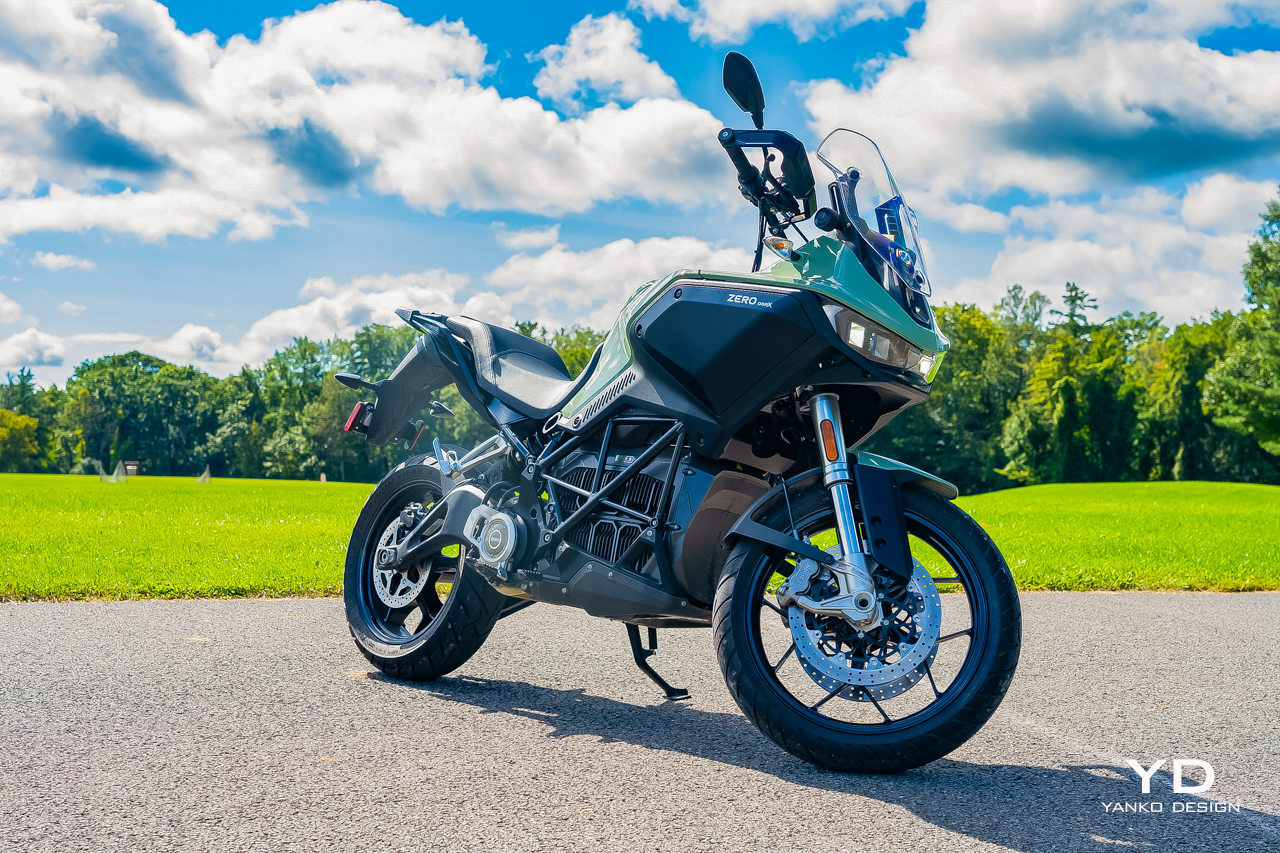
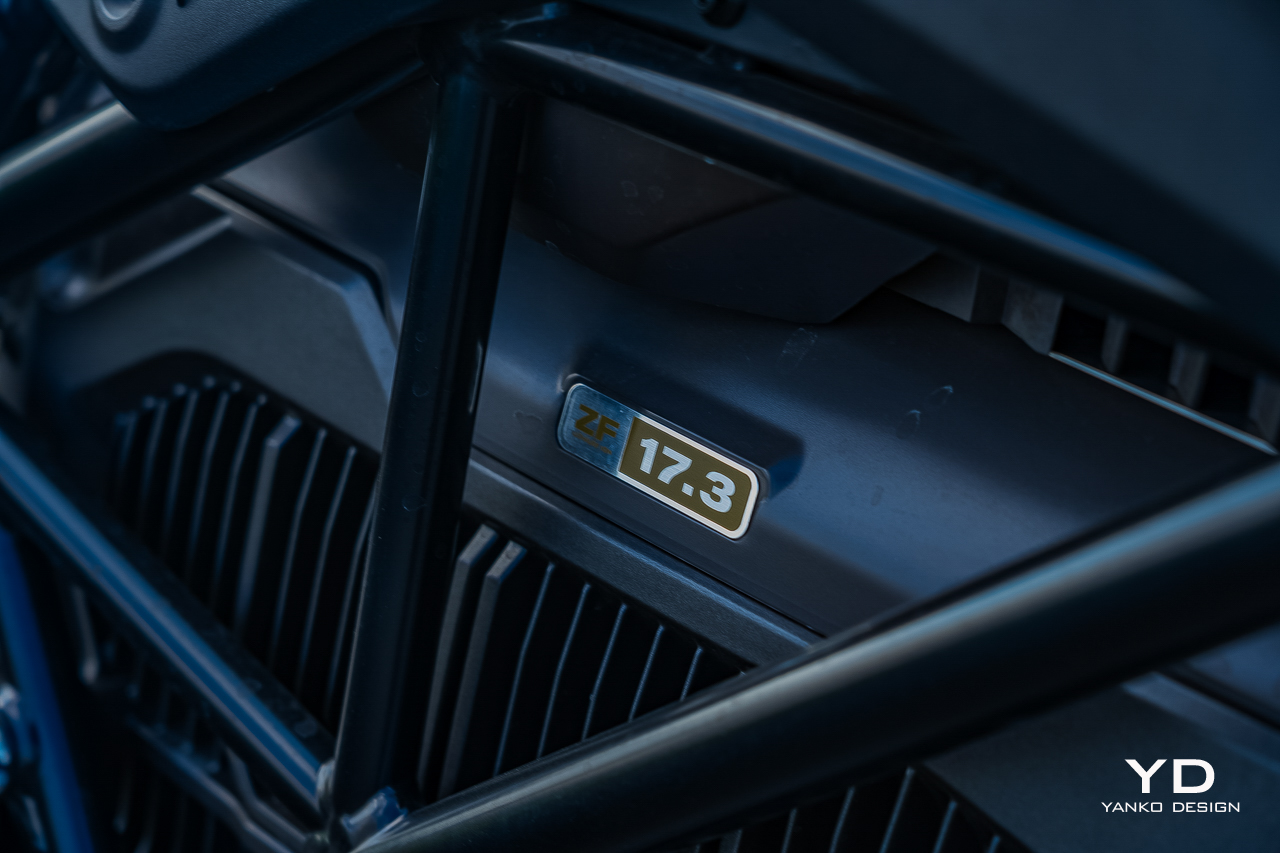
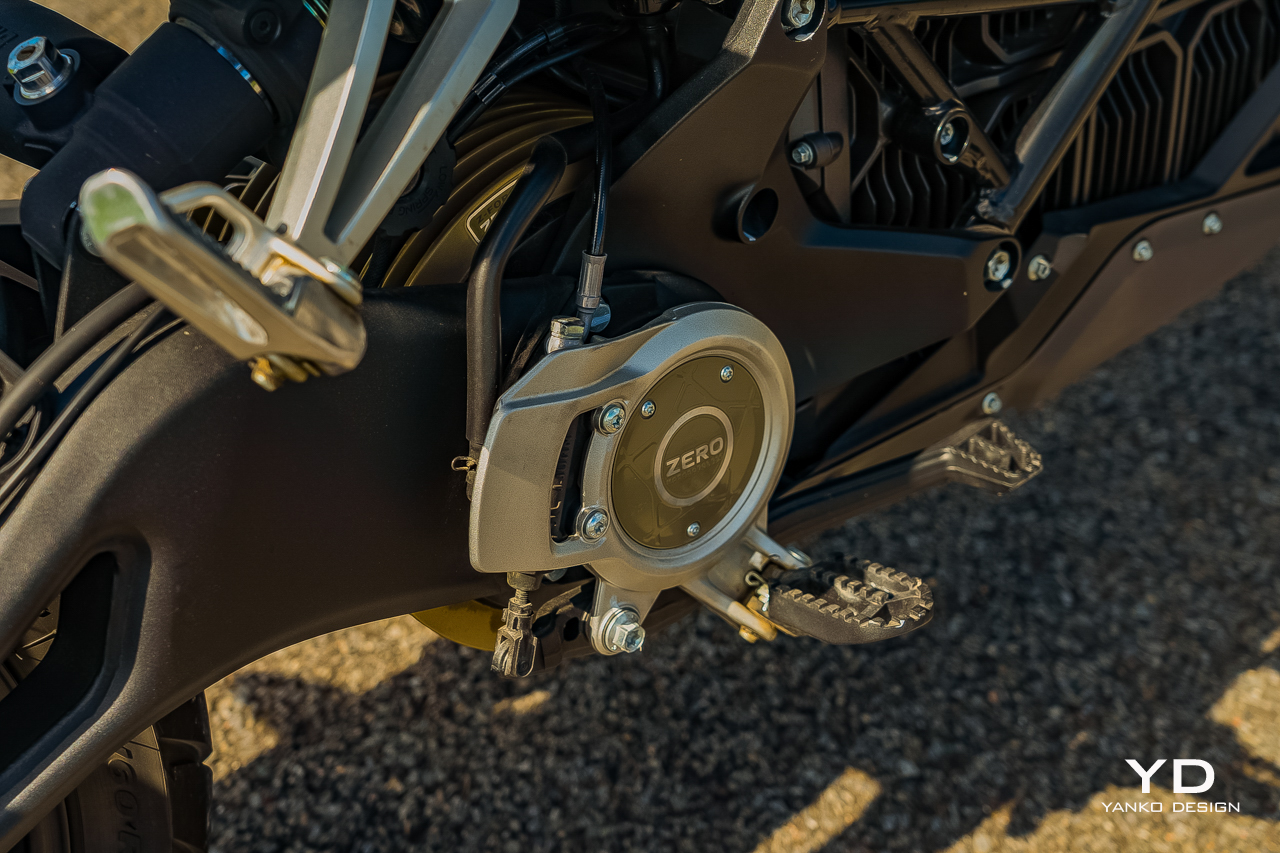

Me? I more often saw range estimates around 140 miles, but when I was feeling sporty (which, let’s be honest, was most of the time), I struggled to manage 120 miles on a charge. That is not a lot. Even if you exclusively head out on sunny Sundays for an afternoon cruise to your favorite taco shop, you may find yourself sweating that remaining range indicator on the return trip.
I never had any particularly close calls, but neither did I feel like pushing things. While charging is reasonably quick, the bike usually takes fewer than two hours to top up, that’s still too long to reasonably ride somewhere, enjoy lunch near a charger, and head home. You’ll need to do some serious route planning and budget lots of time for activities near plugs if you want to road trip one of these.
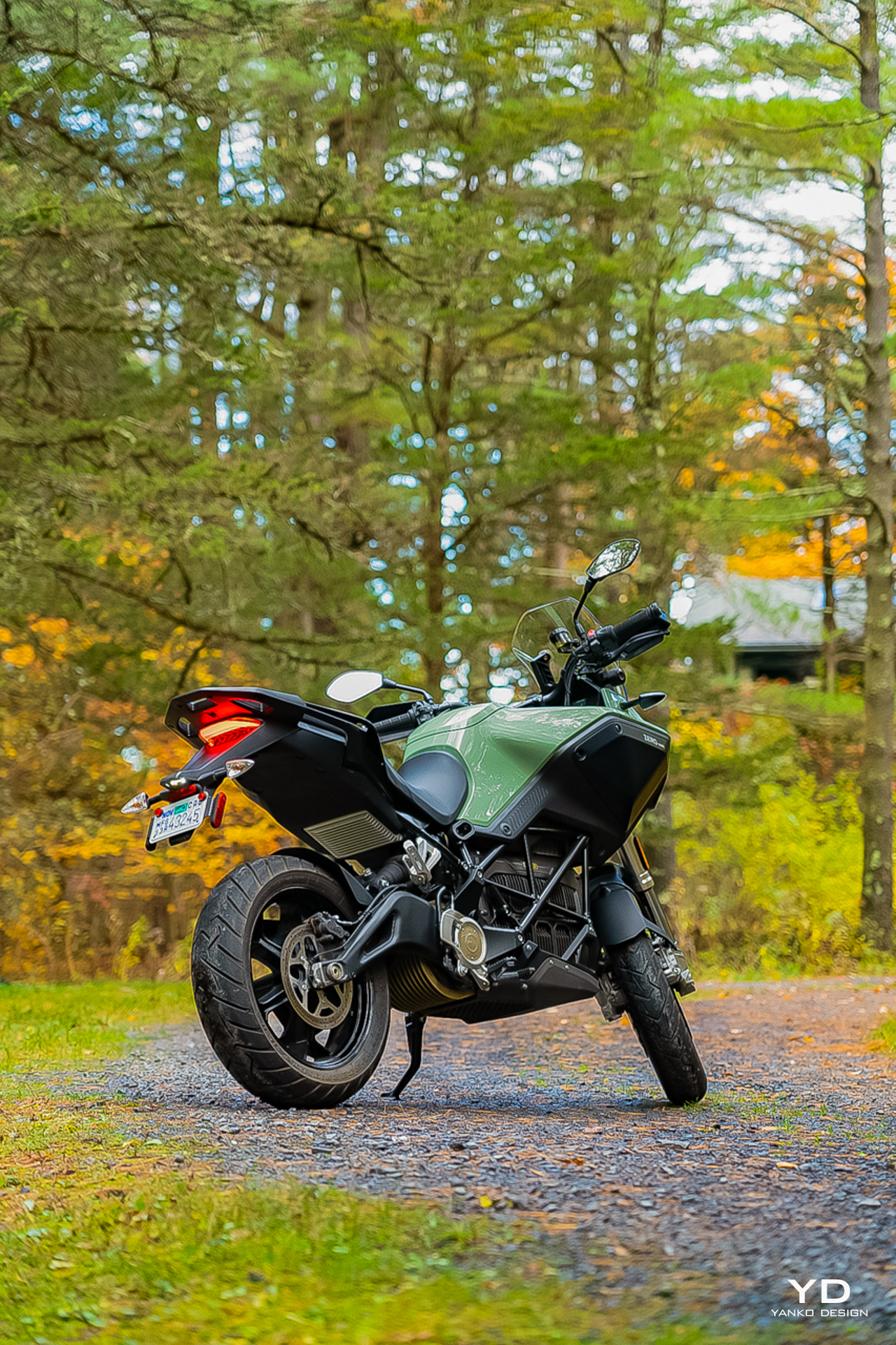
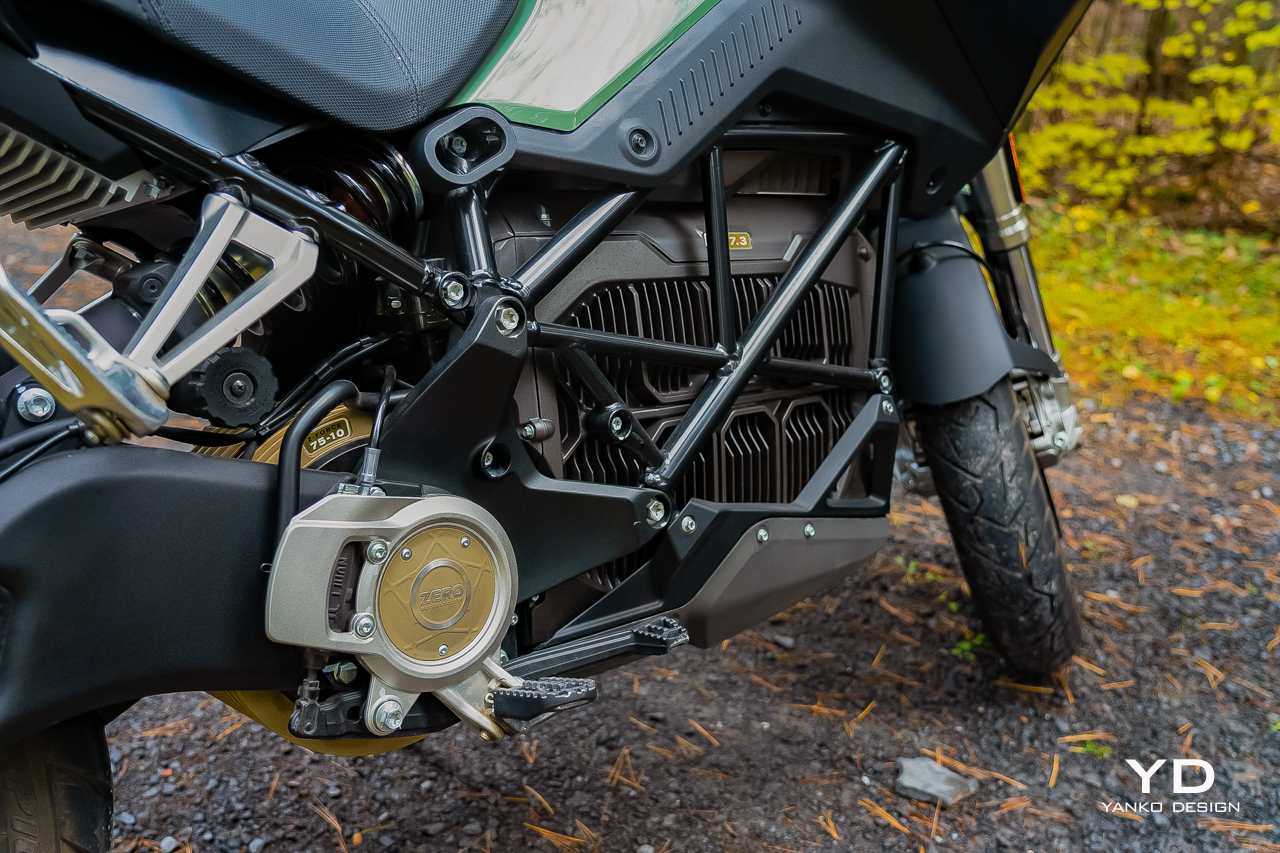

Pricing and Options
The bike you see here was priced at $24,495, with no options, and seemingly none needed.
However, were I buying one now, knowing what I know, I’d be tempted by either the faster charger or the bigger battery pack. Being able to charge faster or go farther would open this bike up to be the truly comfortable touring bike it’s otherwise capable of being. The only problem is that selecting either of those options fills up that tank storage compartment that proved so useful, but with generous mounting points on the back of the saddle, fitting a set of boxes wouldn’t be much of a chore.
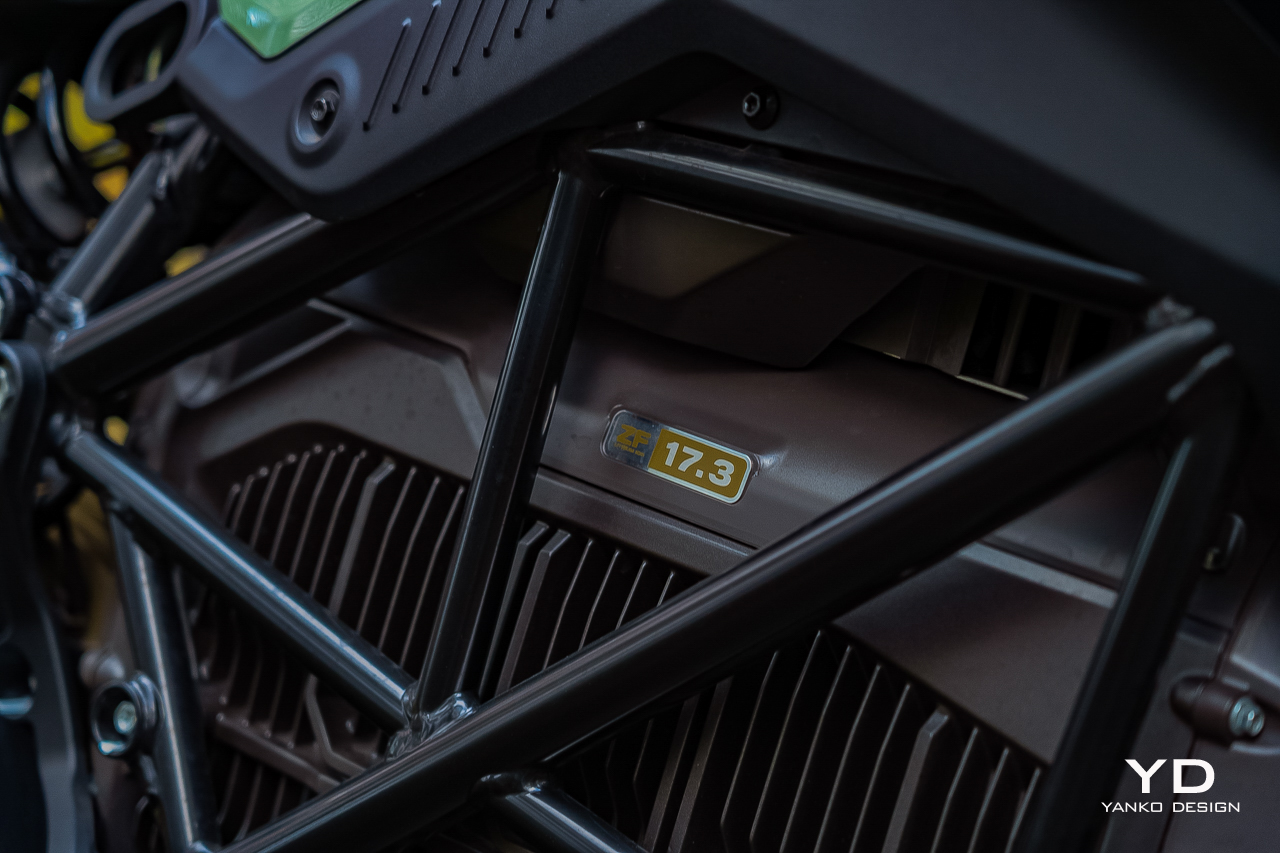

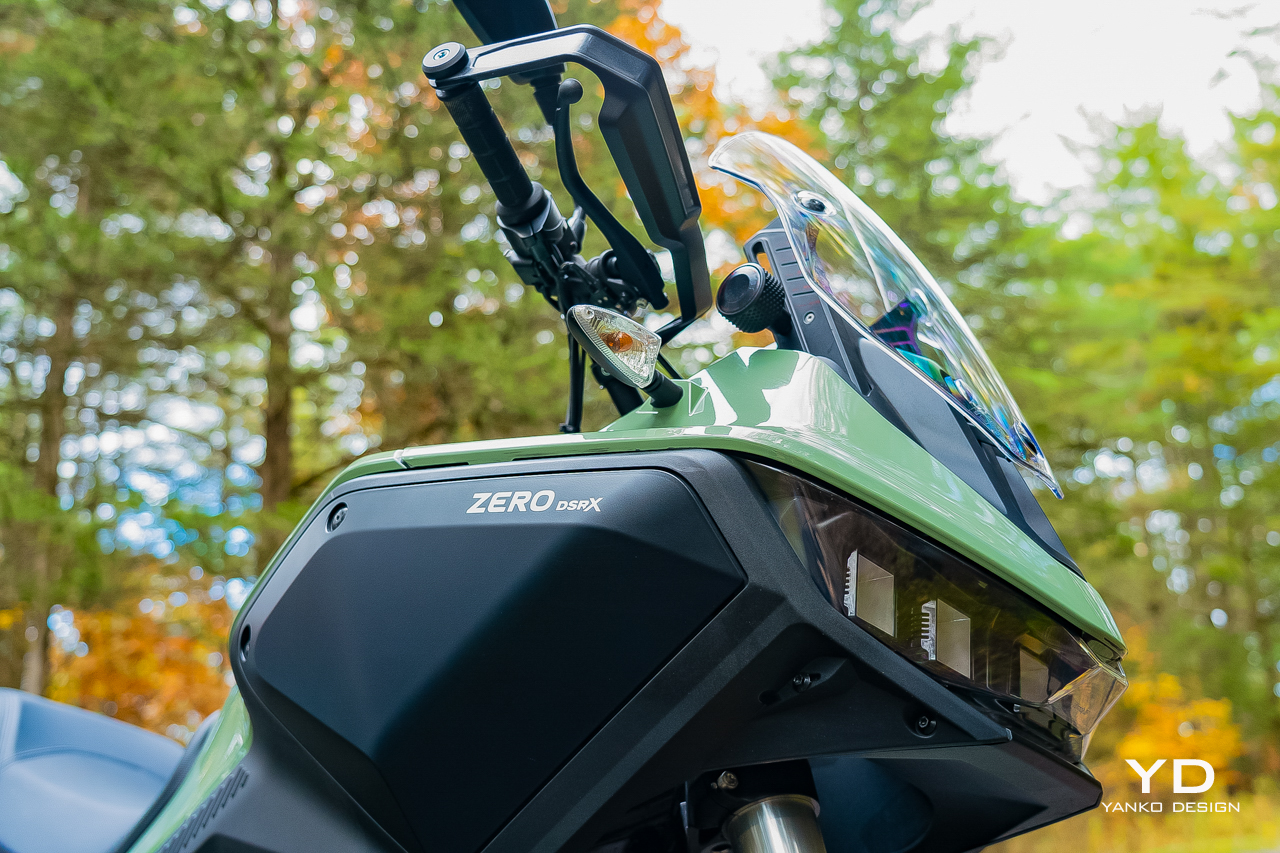
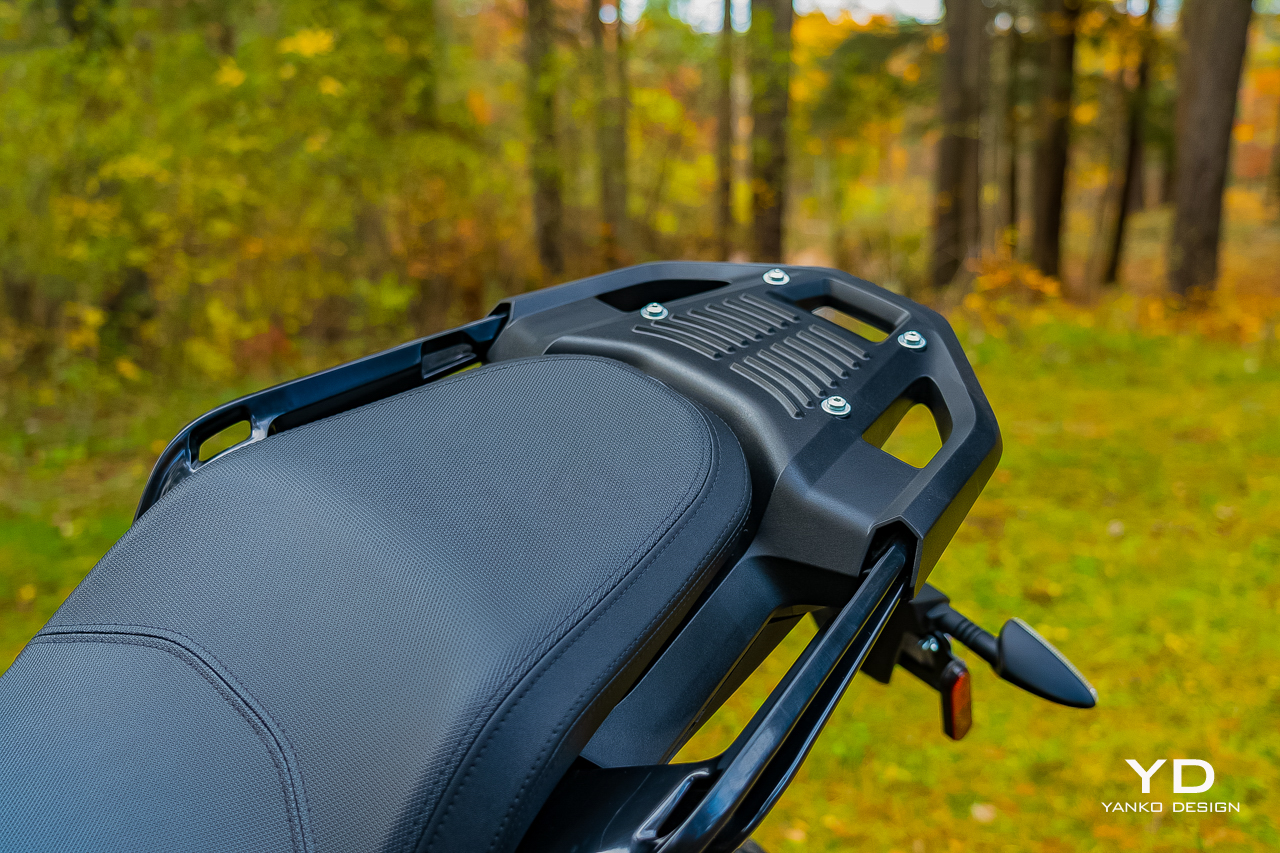
For the 2024 model, the DSR/X actually becomes more attainable, with a starting price of $22,995. But there’s an even more affordable version with a smaller, 15.6-kwh battery and a starting price of $19,995.
At the end of 12 months, I’m still left enamored of the DSR-X. Its range meant my adventures were limited to those close to home, but then I live where I live because it’s an area full of adventure, and this Zero was always ready.
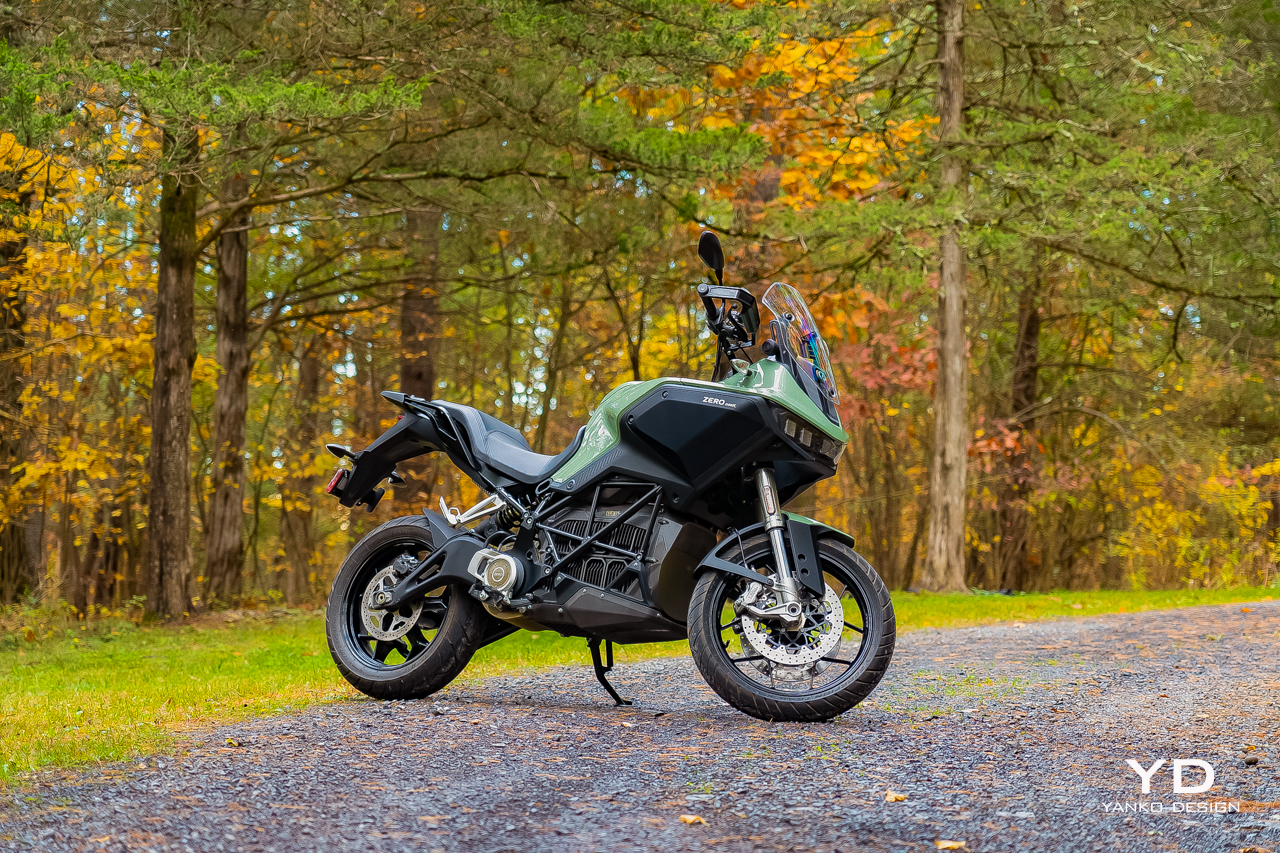


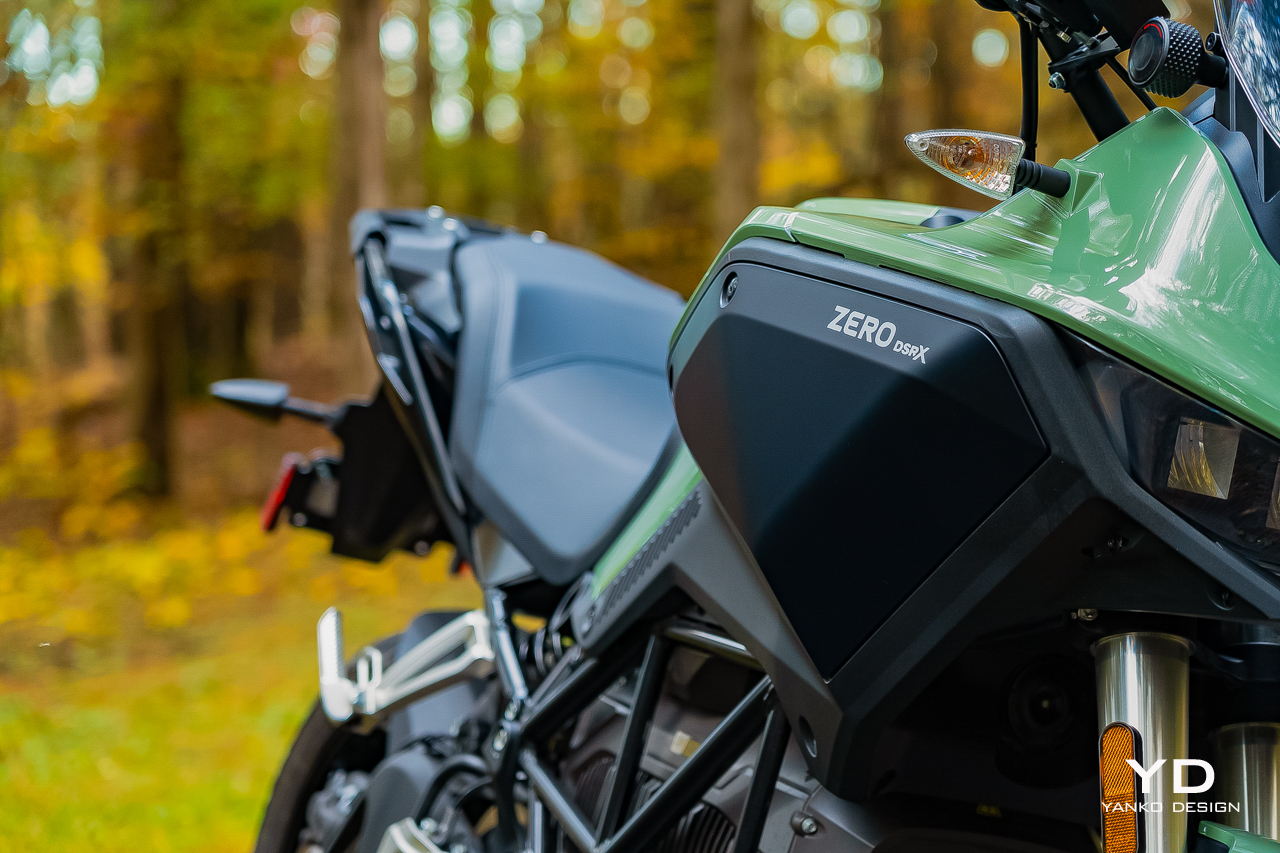

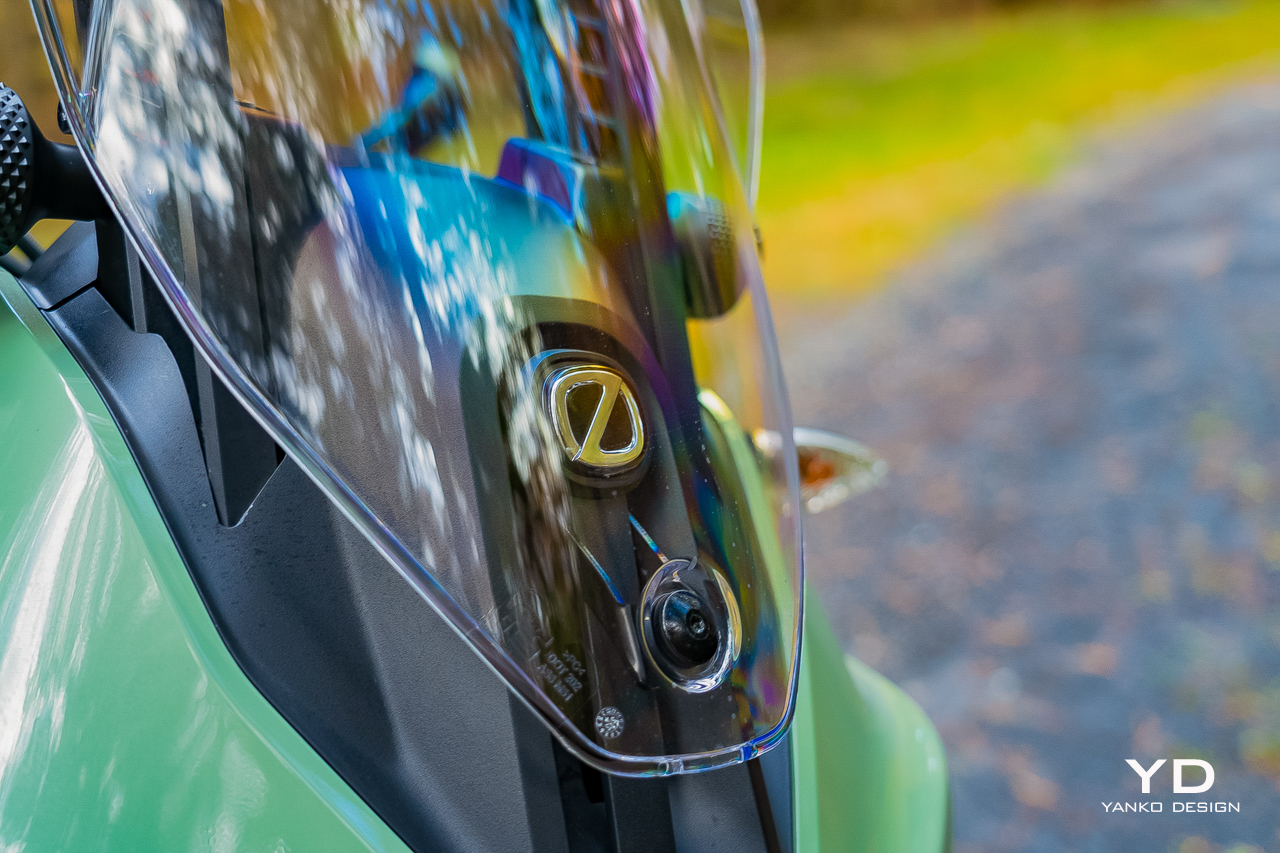
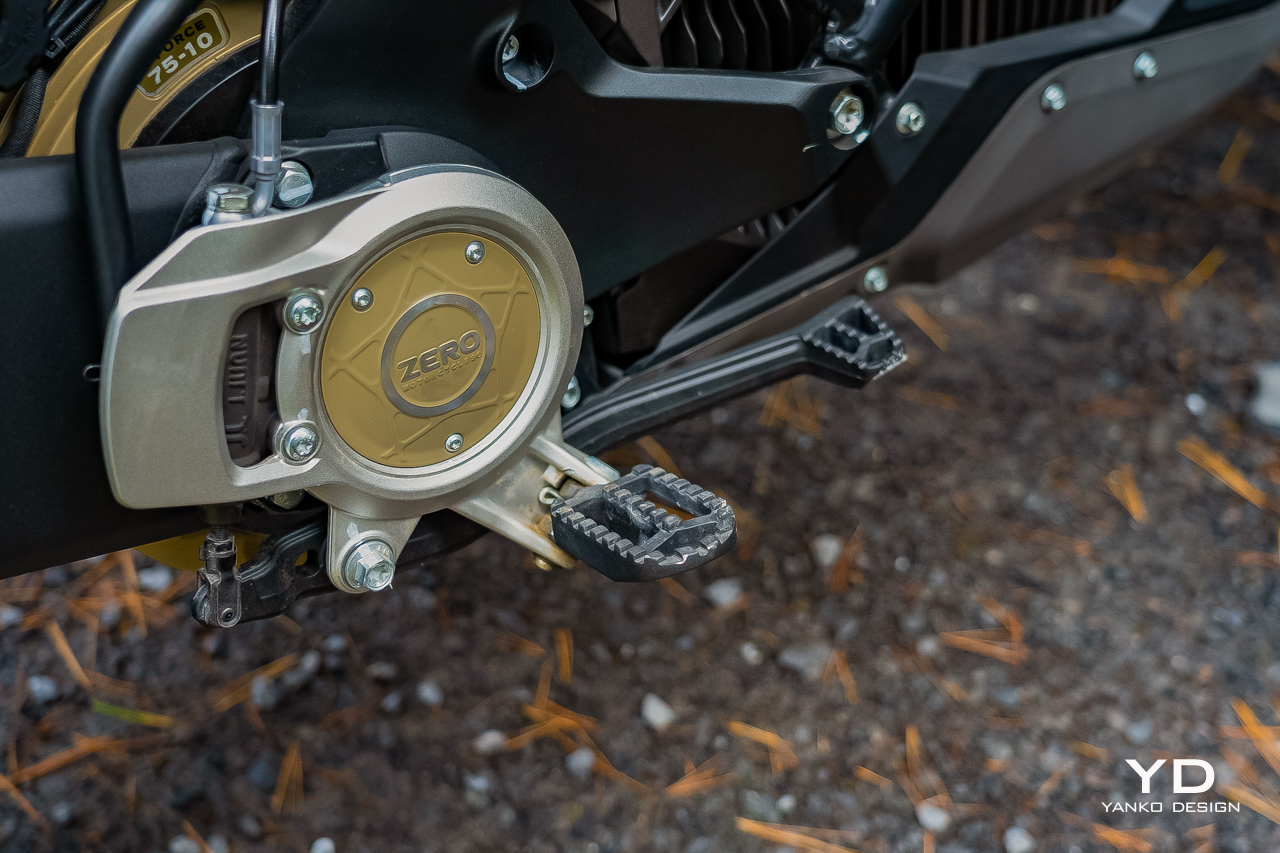

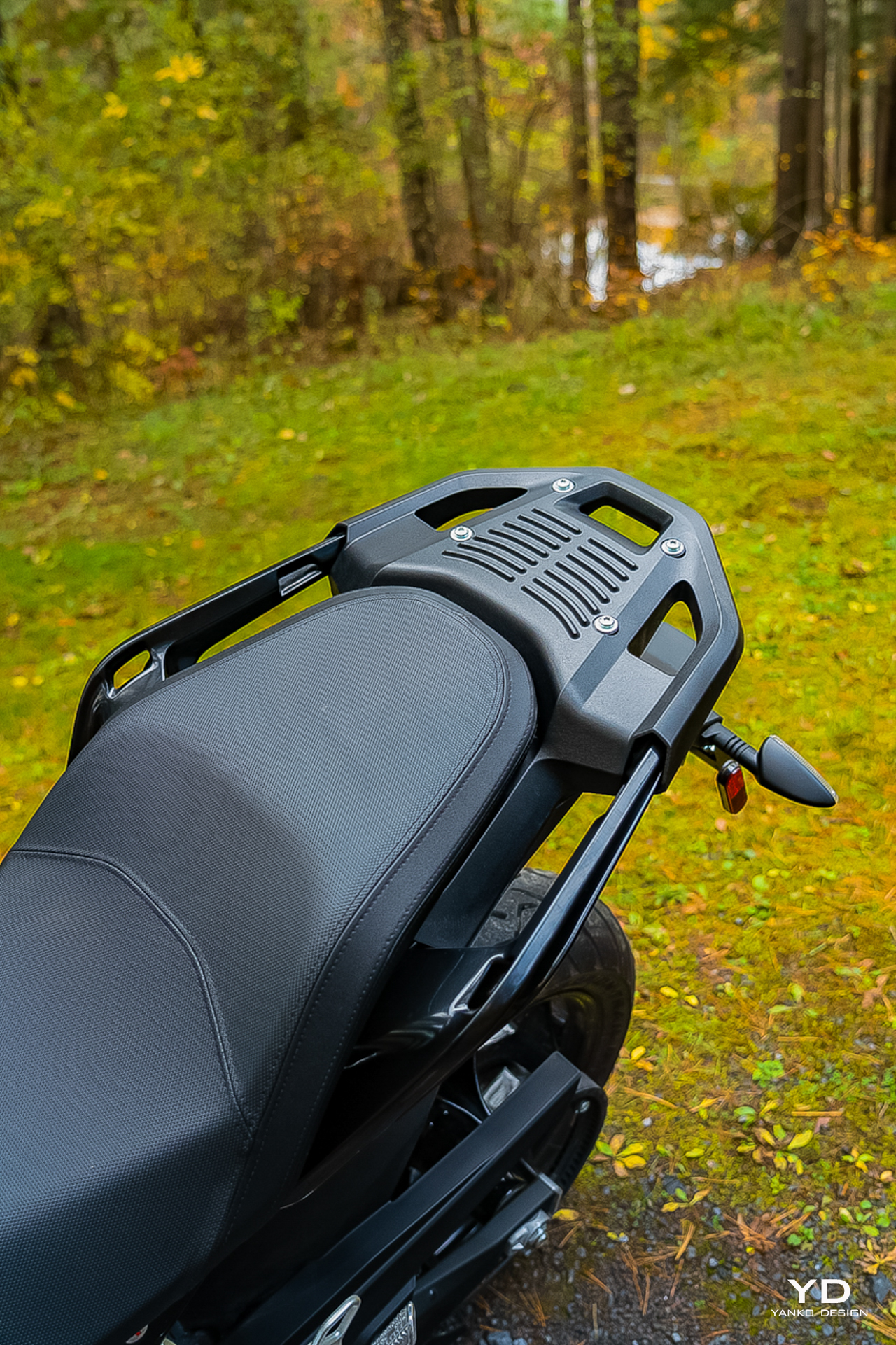
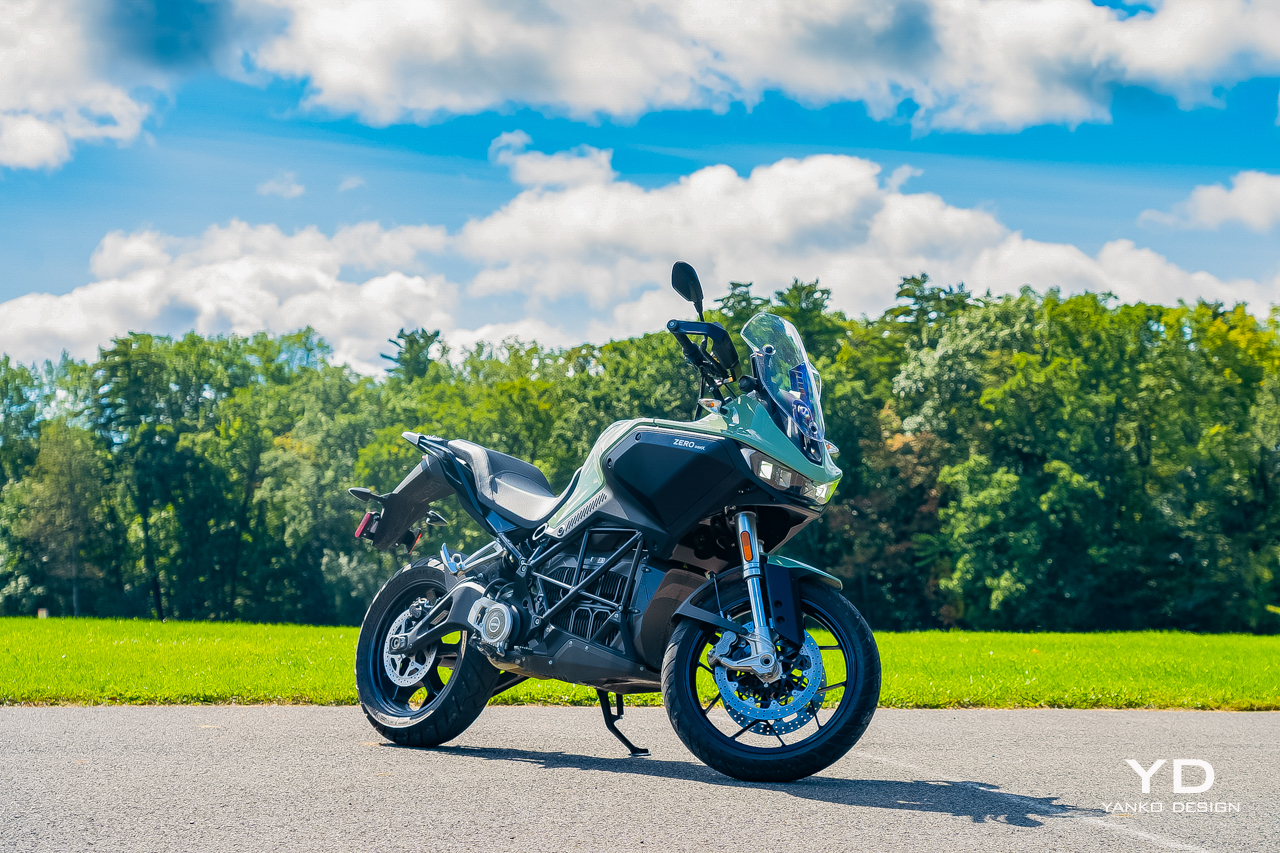


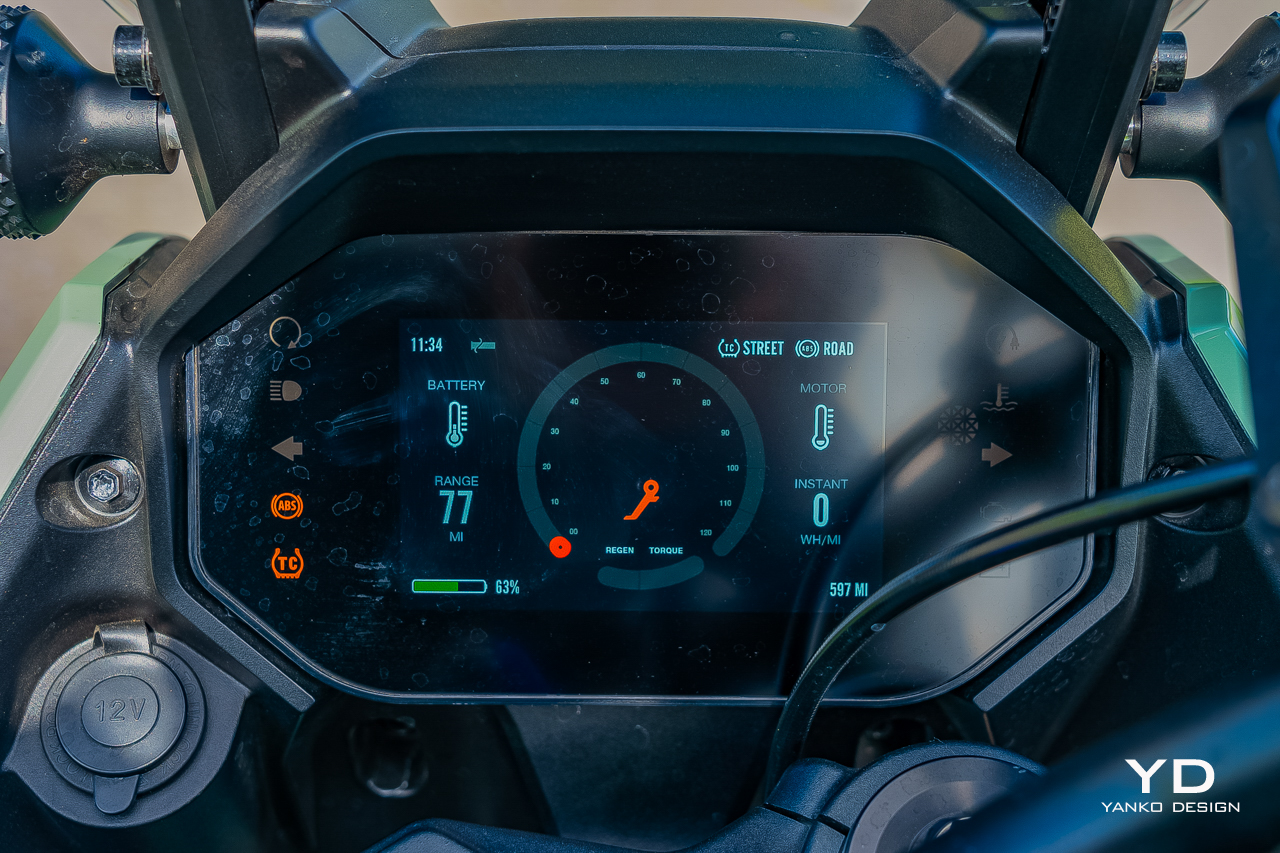
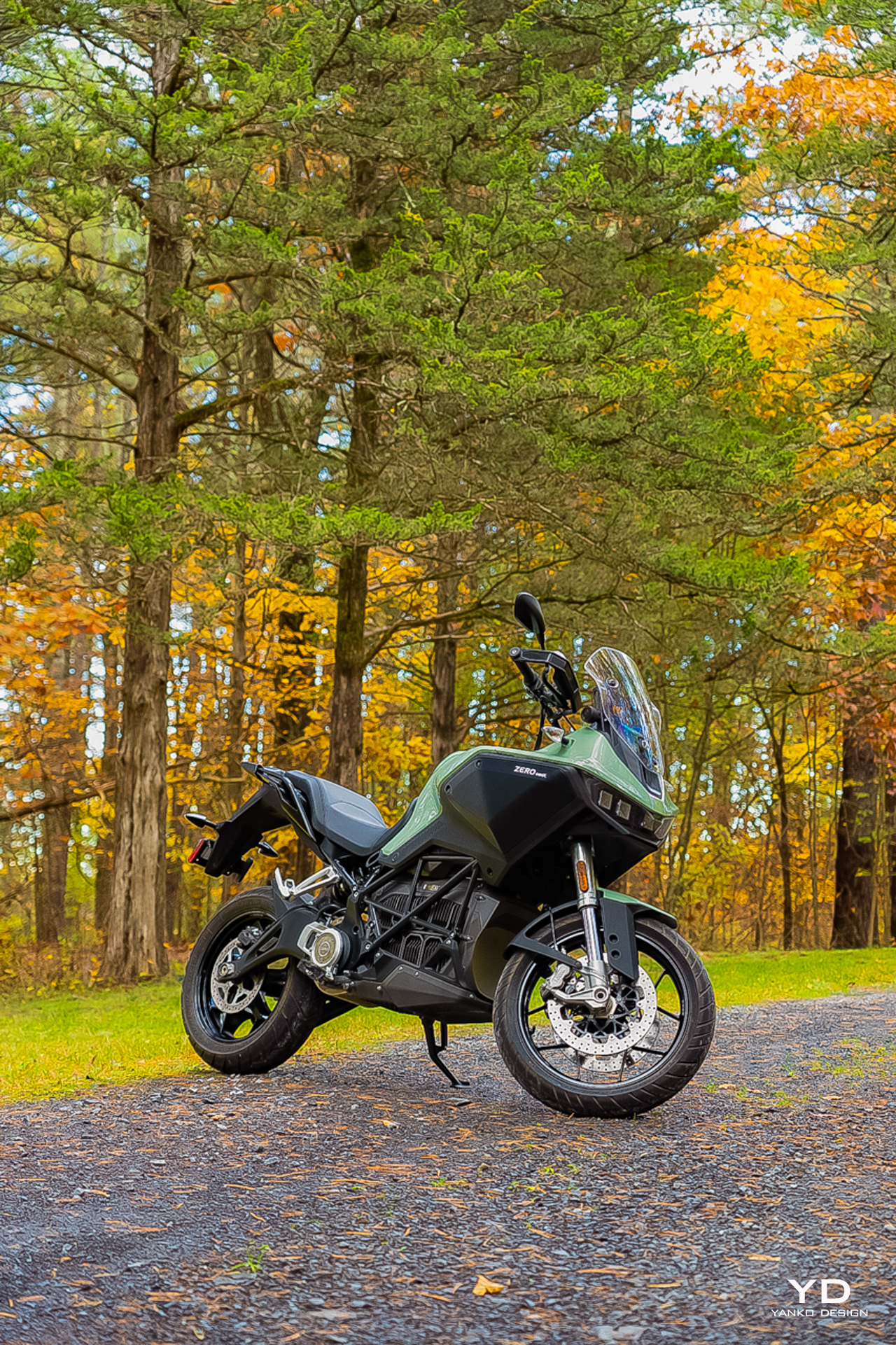
The post Zero DSR/X Long-Term Review first appeared on Yanko Design.
from Yanko Design

0 Comments